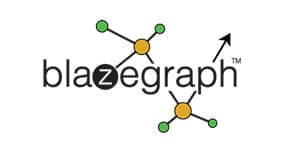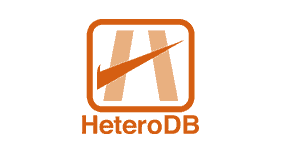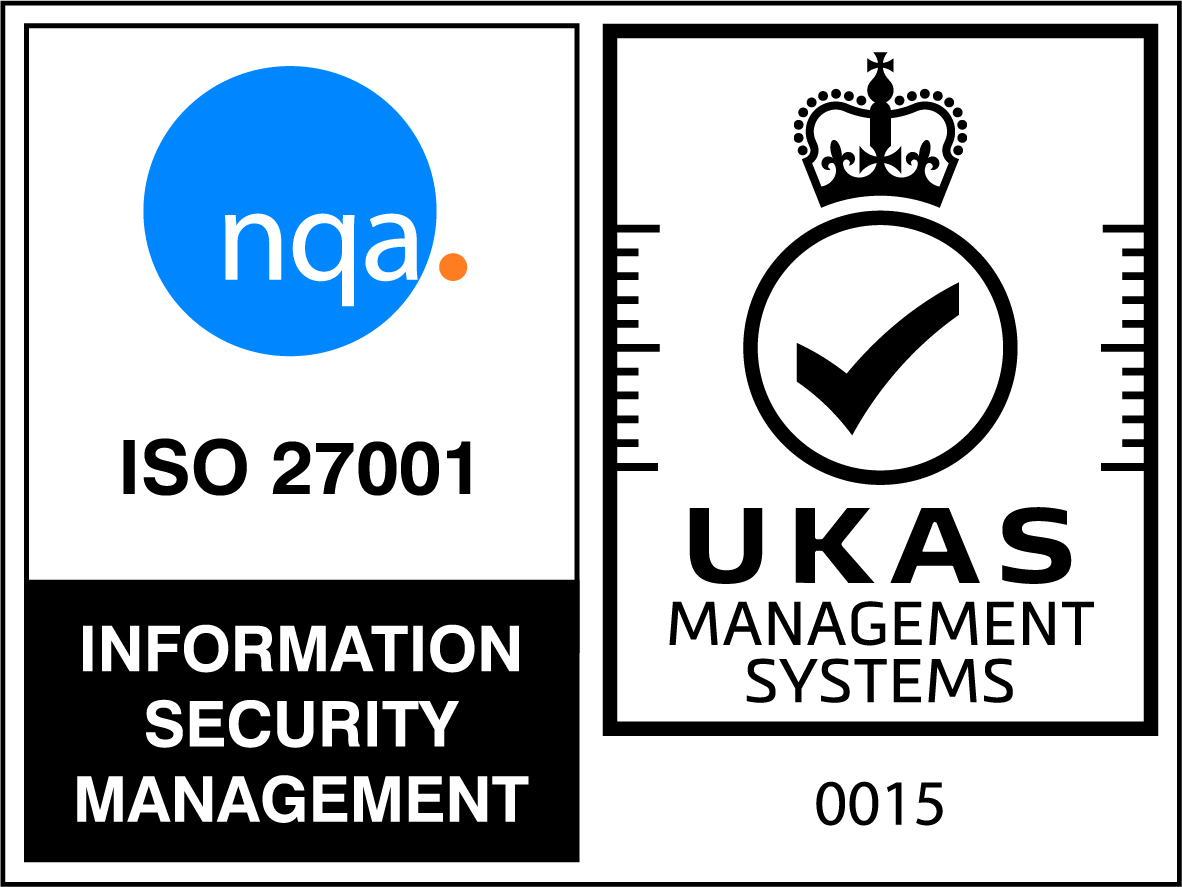GPU databases
GPU accelerated databases are an emerging technology which can provide high-performance computing by parallelising tasks in a single machine (multi-tasking). Initially, GPUs (Graphical Processing Units) were used mainly for rendering graphics, images and videos, but their power to support big data processing was soon realised and applied in relational or non-relational databases.
Applications
- Analytical workload
- Machine learning (ML) /data science
- Graph processing
- Spatial (location) data processing
- Scientific workloads
- Real-time data exploration
Benefits
- Analytical efficiency
- Speedy queries and scalable performance
- Good visualisation capabilities
- Easier IT management
Considerations
- Cost-effectiveness
- Only workloads that are similar and can be split into parallel tasks can take advantage of GPUs
Our offerings

Feasibility Recommendations for a GPU Database
Verify feasibility of GPU database for a use case (based on data and cost)
Proof of Concepts (PoCs)
- Verify feasibility of GPU database for a use case (based on data and cost)
- Recommend a GPU database (on-cloud or on-premise)
- Implement use case, benchmark performance and determine SLAs

Technologies

A GPU data warehouse

A graph processing GPU powered database

GPU database to query and visualize Big Data

Distributed, in-memory database using GPUs

Previously, PG Strom - an extension module of PostGreSQL on GPU

GPU database and analytics platform


